Cowbell and Cowbell Sonic Comparison
- News
- 13 Nov, 2020
What Is a Cowbell?
A cowbell is a hand percussion instrument modeled after the real life bell that herdsmen placed around the necks of domestic cows. Typically made of brass or steel, cowbells are idiophones, which means they produce sound via the vibration of the entire musical instrument. Some cowbells contain clappers, a dangling pendulum inside the instrument. Clapper cowbells are popular in classical music, while clapperless cowbells are more common in rock, pop, and Latin music. Striking the metal bell with a wood cowbell beater (typically a standard drumstick) produces the idiomatic cowbell sound.
Types of cowbells
There are two kinds of this percussive metal instrument: the clapper cowbell also known as the tuned cowbells and the clapperless cowbells. Some cowbells contain clappers, a dangling pendulum inside the instrument. Clapper cowbells are popular in classical music, while clapperless cowbells are more common in rock, pop, and Latin music. Striking the metal bell with a wood cowbell beater (typically a standard drumstick) produces the idiomatic cowbell sound.
Music Styles Using Cowbells
Cowbells are used in a diverse array of musical genres, spanning both centuries and continents.
Latin American music: The cowbell is a standby of Latin percussion ensembles. A Latin percussionist may switch back and forth between cowbell and timbales, Congas or bongos. The sounds of Cuban mambo cowbell or cha-cha cowbell are common in Cuban music. Brazilian samba and bossa nova ensembles may also make use of cowbells, or agogo bells. Mexican Banda also feature Cowbells with Timbales.
Classical music: Classical music ensembles also use cowbell as part of a vast percussion section. Classical cowbell players may double on bass drum, handbells, mallet instruments, or nearly any other percussion instrument apart from timpani (which traditionally has a dedicated specialist). Though most cowbells are not tuned to precise pitches, alpine bells, or almglocken, are cowbell sets tuned to diatonic or chromatic scales.
Rock ‘n’ Roll and popular music: Rock and pop drummers occasionally affix cowbells to their drum kits. You can hear clapperless cowbell percussion riffs on many rock songs.
How to hold the Cowbell
Many percussionists may switch back and forth between cowbell and timbales, Congas or bongos. The cowbell in this case is attached to the stand with a cowbell bracket, see our section for Cowbell Brackets and Stands here: The best way to hold a cowbell is holding it with your non-dominant hand. Furthermore, cowbells have a wide-open end and a thinner closed end. To make your cowbell vibrate or ring freely, you need to hold the instrument on the tapered end. Nonetheless, holding the cowbell varies for some types of music. In some music such as rock or Latin music, you need to hold the cowbell in the middle to produce a dead sound.
How to strike the Cowbell
You can use a thick wooden drumstick to strike your cowbell. Although, professional players often use drumsticks specially made for the striking the cowbell (clave or bell beater) to get a deeper tone. Find at PlayMusic123.com the most popular Cowbell Beaters:
Cowbell sonic comparison
There are so many great sounding Cowbell models from which to choose these days and, while it sounds like common sense, you should select a bell or two to fit the type of music you're going to be performing.
The following chart shows the sonic comparison for LP Cowbells, the cowbells on the right have a higher pitch, the cowbells on the left are low pitch cowbells.

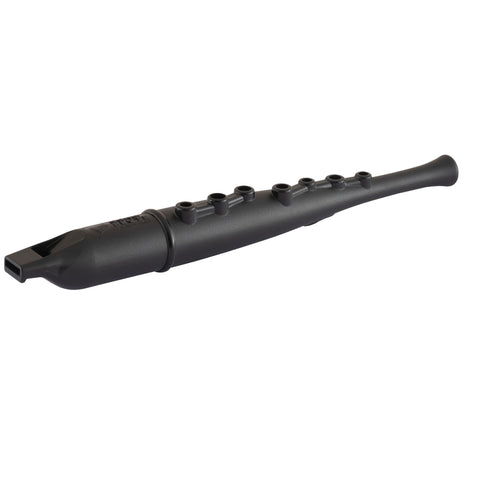

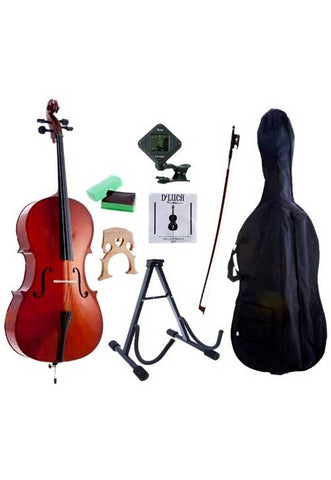

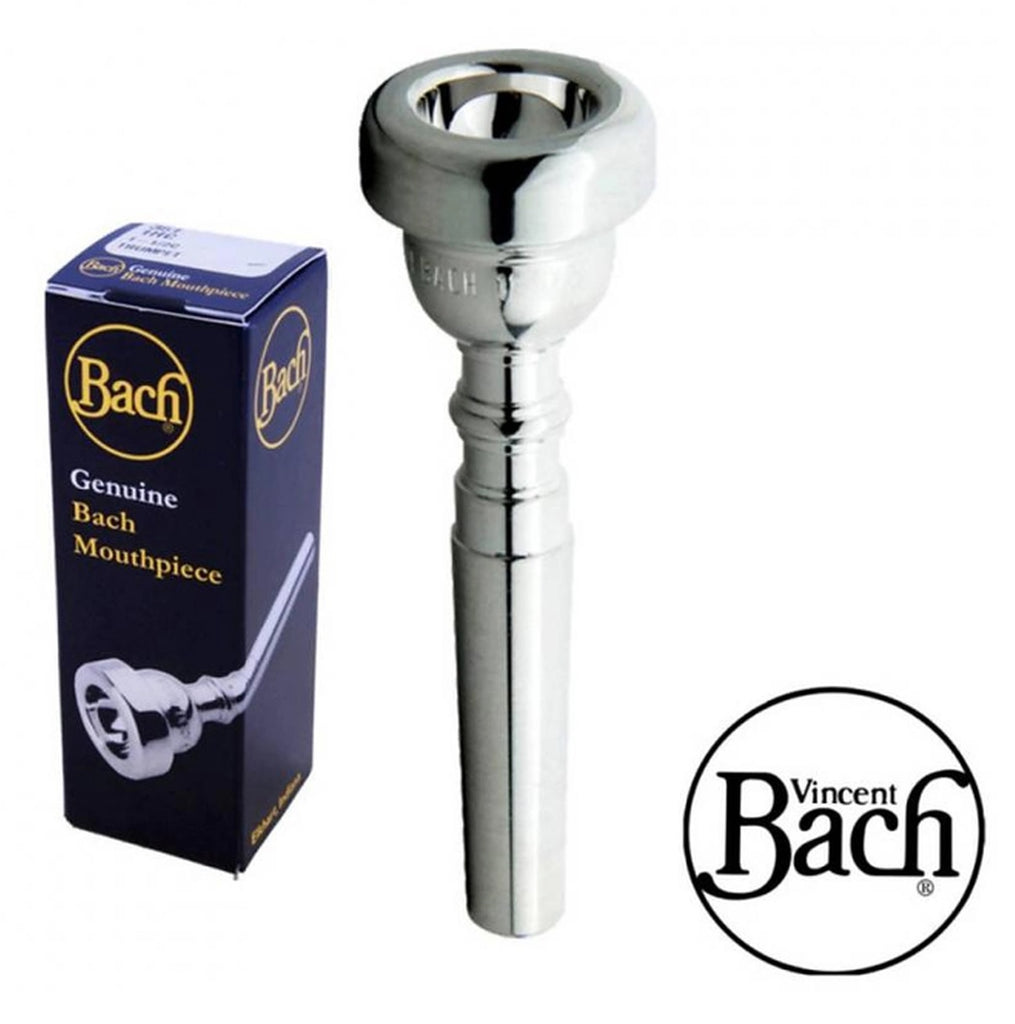
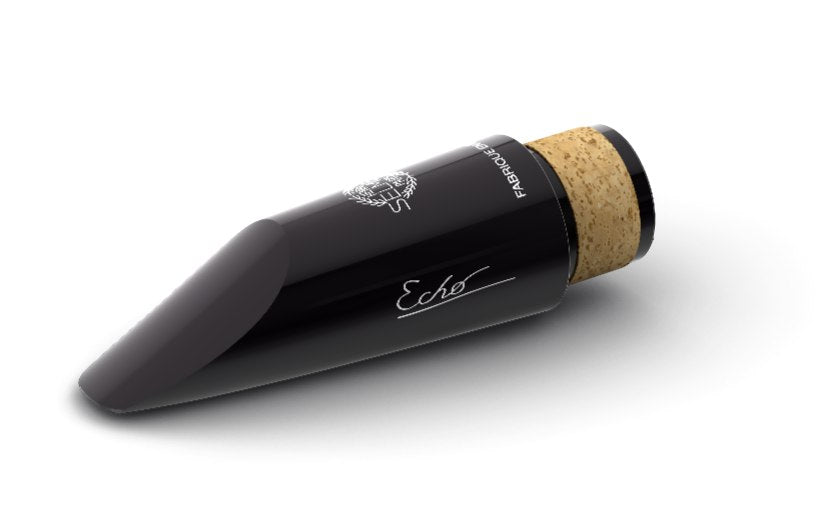
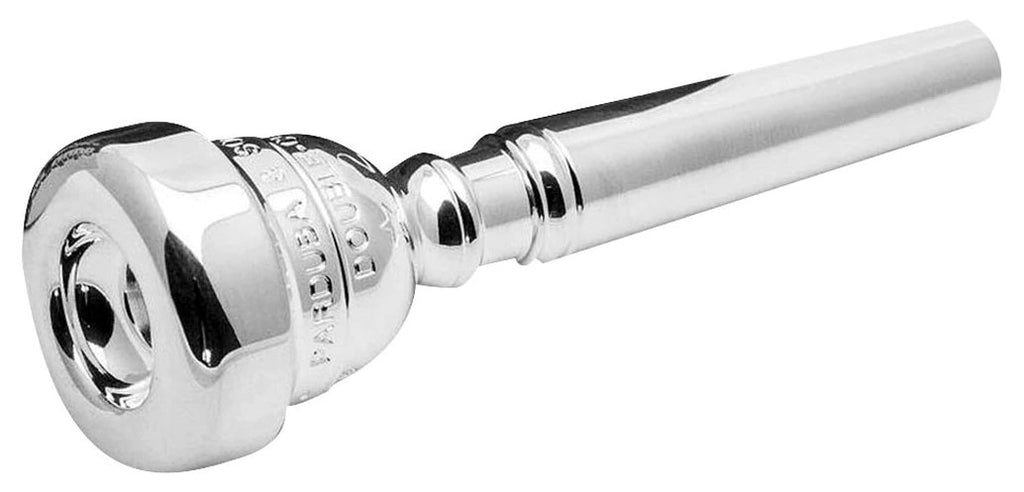

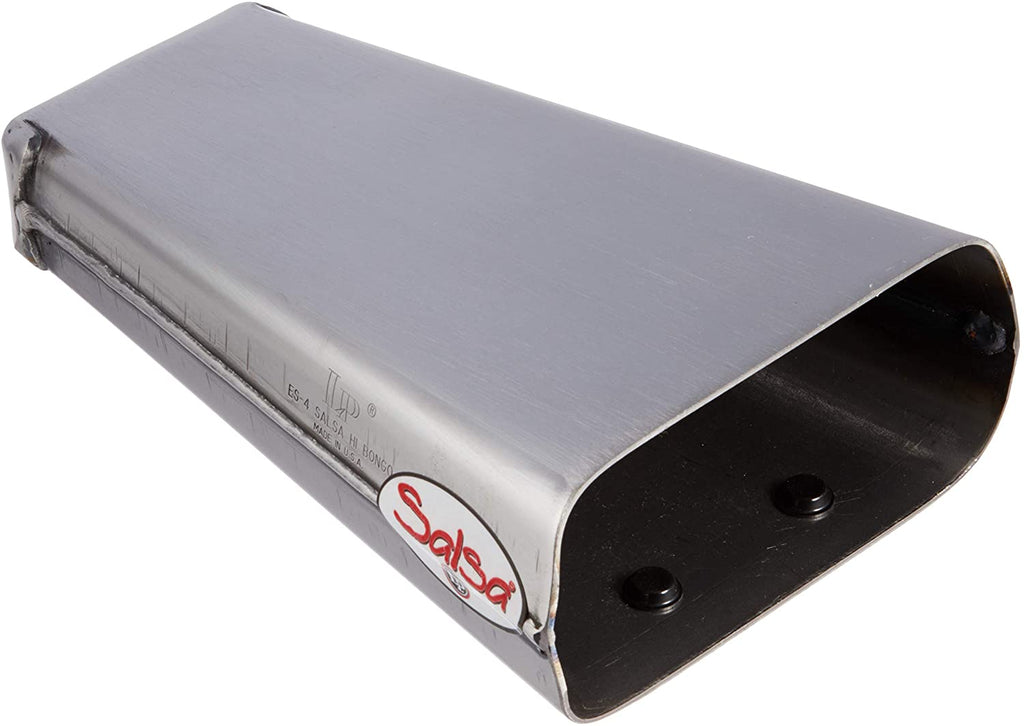
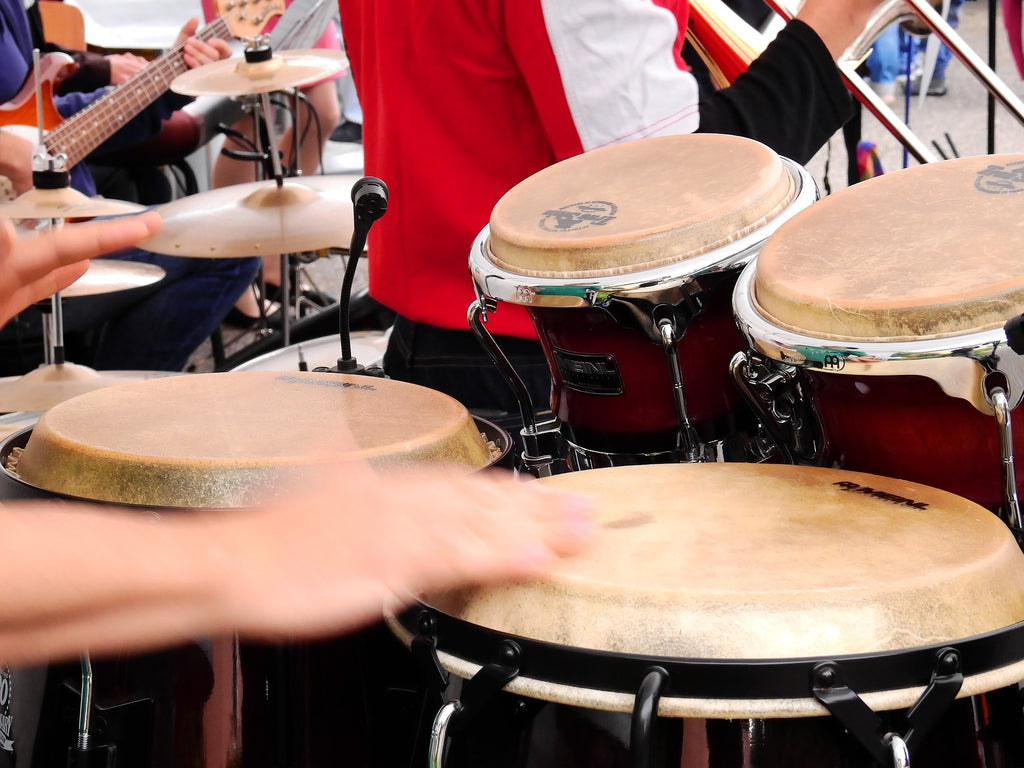
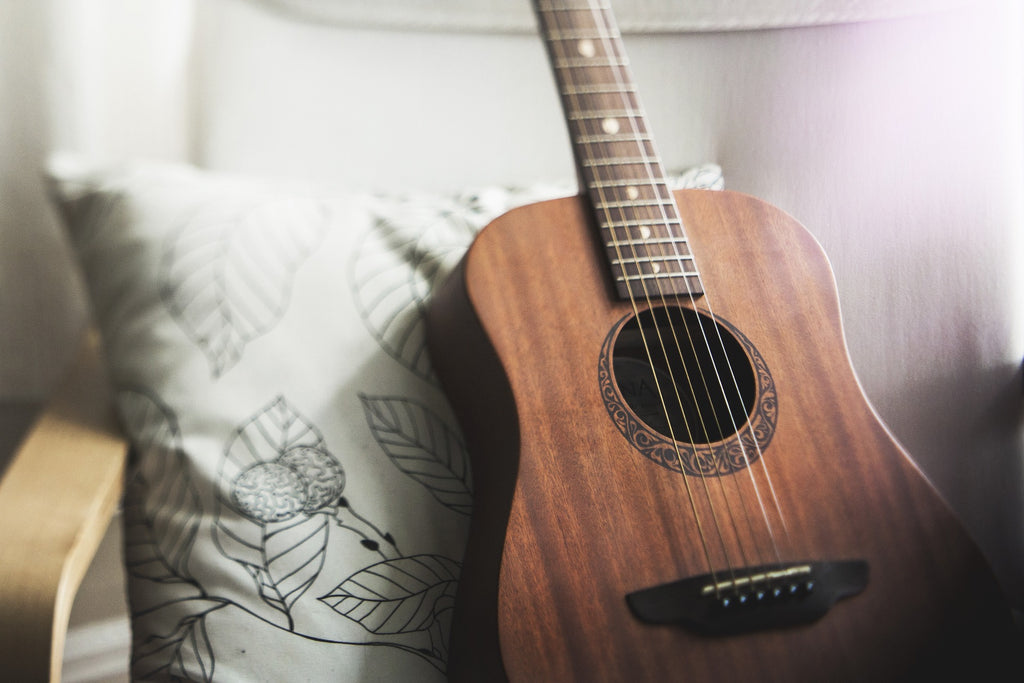
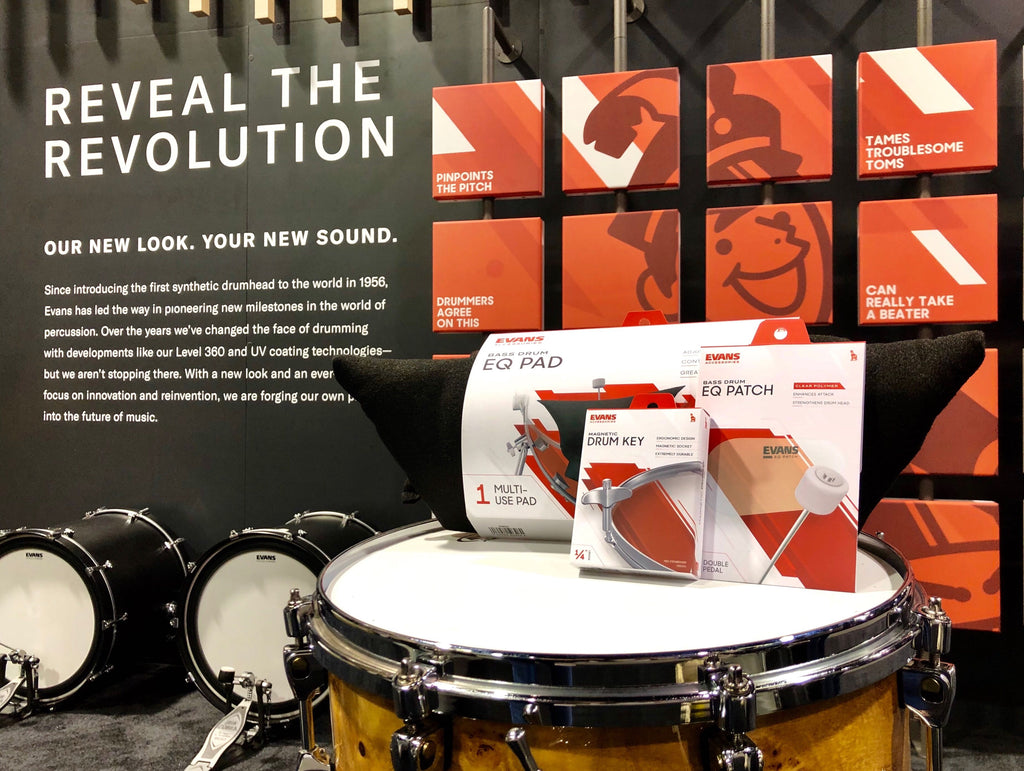
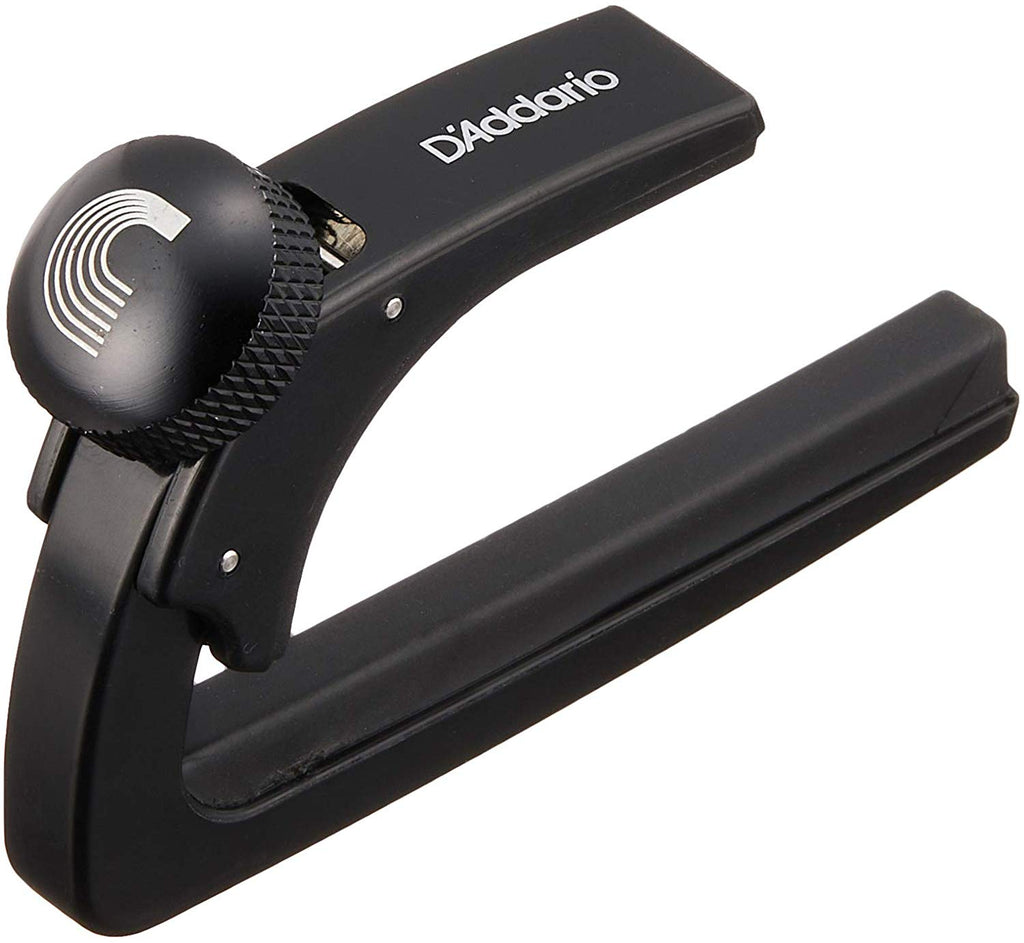
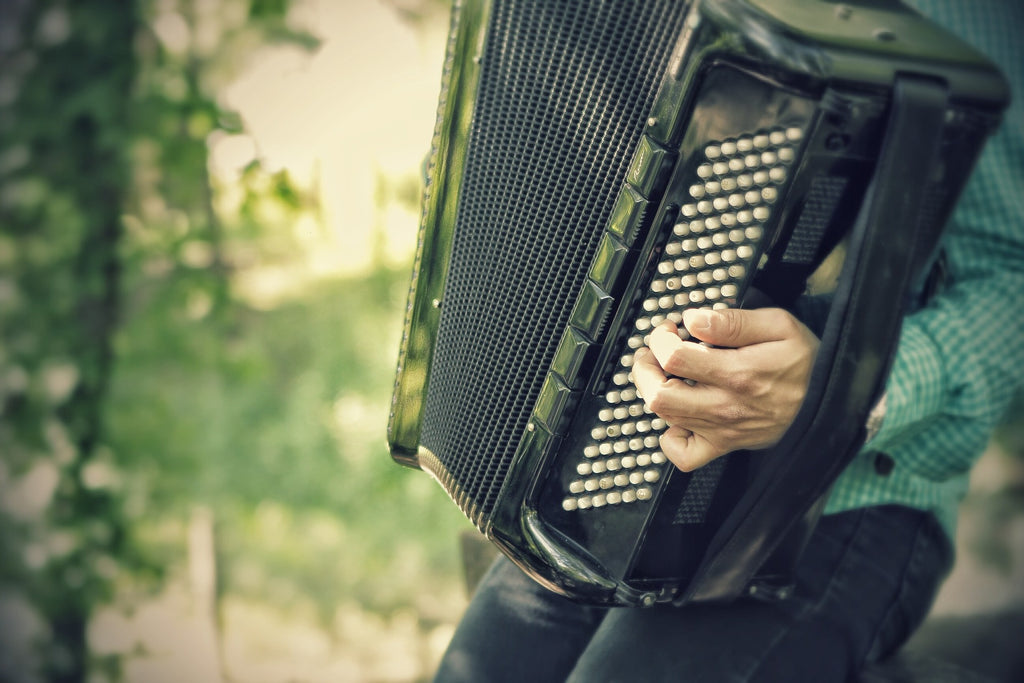











1 Comments
love to play the cowbell